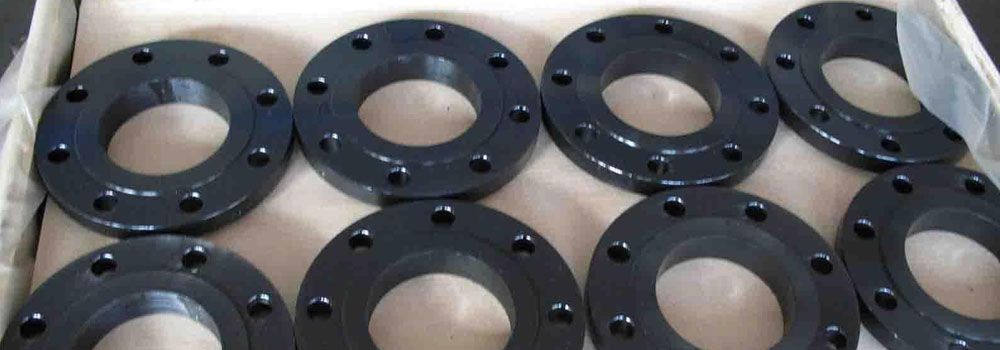Slip-on flanges are a popular type of flange used in piping systems due to their ease of installation and versatility. They are designed to slip over the pipe and are then welded in place. Here’s a look at the advantages and disadvantages of slip-on flanges:
Advantages of Slip-On Flanges
- Ease of Installation:
- Slip-on flanges are easier to align and install compared to other flange types, such as welded neck flanges. They require less accuracy in cutting the pipe to length, allowing for some flexibility during installation.
- Cost-Effective:
- Generally, slip-on flanges are less expensive than other types, such as welded neck flanges. The reduced labor costs associated with easier installation contribute to overall cost savings.
- Versatility:
- Suitable for a wide range of applications, including low-pressure and low-temperature systems. They can be used with both liquids and gases.
- Reduced Pipe Length:
- Since the pipe does not need to be beveled for welding, less pipe length is required, reducing material costs and waste.
- Flexibility:
- Slip-on flanges can accommodate pipes that are slightly misaligned, which can be beneficial in systems where precise alignment is difficult to achieve.
- Availability:
- They are widely available in various sizes, materials, and pressure ratings, making them easy to source for different applications.
- Dual Welding:
- Slip-on flanges are typically welded both inside and outside, which provides extra strength and reduces the risk of leakage.
Disadvantages of Slip-On Flanges
- Lower Strength:
- Compared to welded neck flanges, slip-on flanges have lower strength due to the lack of reinforcement from the pipe itself. They are generally not recommended for high-pressure applications.
- Potential for Leaks:
- Although slip-on flanges are welded both inside and outside, the potential for leaks is higher compared to other flange types due to the less robust connection.
- Limited High-Pressure Use:
- They are not suitable for high-pressure and high-temperature applications where more robust connections are required.
- Welding Requirements:
- Requires welding, which may not be feasible or desirable in certain environments, especially those with strict cleanliness requirements.
- Inspection and Maintenance:
- The welding process can complicate inspection and maintenance, as the welds need to be checked for quality and integrity over time.
- Thermal Expansion:
- In systems where thermal expansion is a concern, the lack of a rigid connection can result in movement or stress in the piping system.
for More Information : https://www.tubos-acero-aleacion.com/





Comments